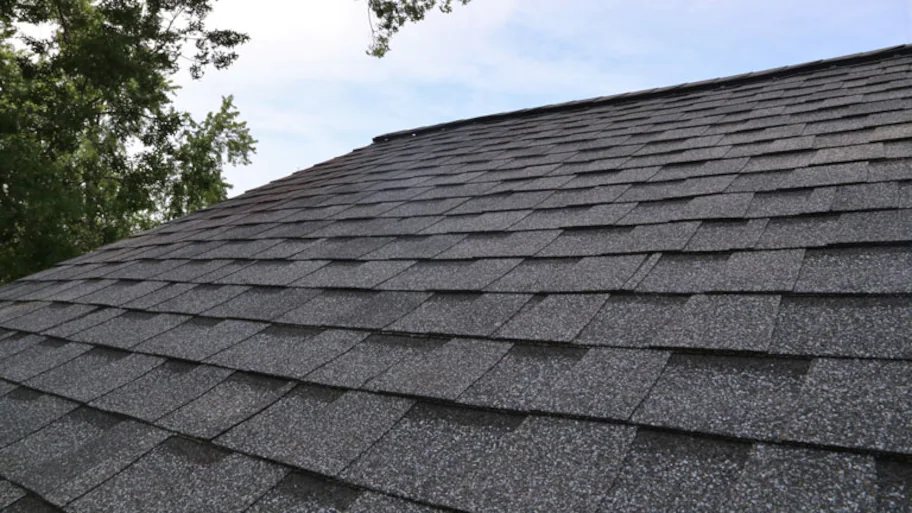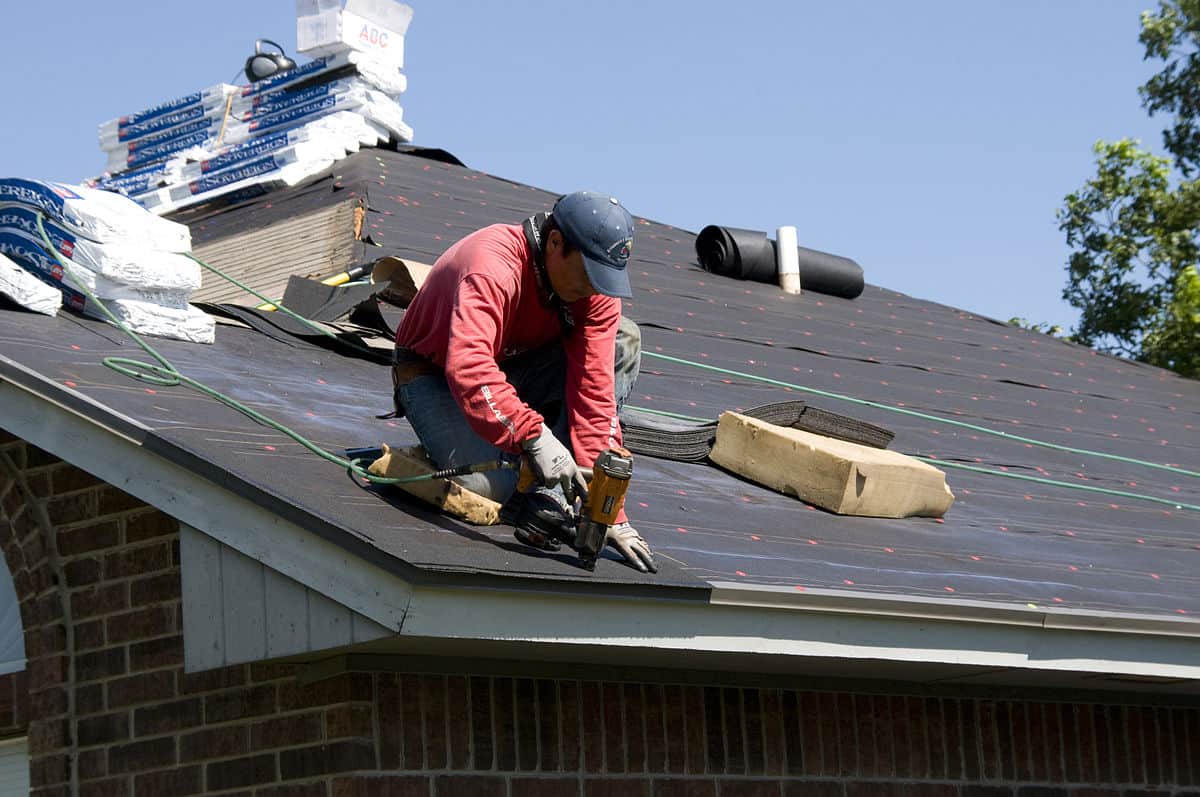Step-by-Step Overview to Locating the Right Roofing Companies in Gainesville
Step-by-Step Overview to Locating the Right Roofing Companies in Gainesville
Blog Article
Ideal Practices for Ensuring Appropriate Roofing Ventilation
Guaranteeing proper roof air flow is important for the longevity and effectiveness of a roof. A well balanced intake and exhaust air vent ratio, commonly 1:300, plays a critical function, with intake vents preferably positioned at the lower side of the roof covering for amazing air entry and exhaust vents at the optimal for cozy air leave. Routine evaluations to determine obstructions and maintain clear airflow are critical. Maintaining insulation away from vents is important to prevent airflow restriction. Recognizing these foundational aspects sets the phase for even more thorough insights right into installment and upkeep practices that can dramatically enhance your roofing system's performance.
Understand Air Flow Essentials
Properly understanding air flow fundamentals is essential for guaranteeing the long life and effectiveness of roof. Efficient ventilation reduces wetness buildup and temperature level extremes in the attic room, both of which can bring about significant architectural damages with time. A well-ventilated roofing assists in stopping typical problems such as mold growth, timber rot, and ice dams, which can endanger the integrity of the roofing products and the underlying structures.
The main goal of air flow is to help with the movement of air, permitting a constant exchange between the indoor and outdoor atmospheres. This balance is attained via a mix of intake and exhaust vents that interact to maintain ideal air flow. Intake vents, generally situated along the soffits or eaves, permit fresh air to enter the attic room area, while exhaust vents, typically located at or near the roof ridge, make it possible for warm, moist air to leave.
Key factors influencing the performance of roofing ventilation include appropriate placement, appropriate sizing, and ensuring that both consumption and exhaust vents are unblocked. Routine evaluation and maintenance are important to determine potential blockages, damage, or ineffectiveness in the air flow system, consequently safeguarding the roof covering's efficiency and toughness.
Types of Roof Vents
Roofing vents play a critical duty in maintaining efficient attic room air flow and, by expansion, the overall wellness of the roof system. Numerous kinds of roof vents are available, each with distinct advantages tailored to specific roofing requirements.

Soffit vents are installed under the eaves and job in tandem with roof vents to guarantee a well balanced intake and exhaust system. By allowing cooler air to get in from below, soffit vents assist in the expulsion of hot air via top vents. Gable vents, situated on the exterior walls of the attic room, offer an additional effective remedy, particularly in homes with gable roof coverings.
Evaluate Your Existing Ventilation

Following, think about the age and problem of your roof covering materials and air flow components. Older systems may not abide by existing building ordinance or might have weakened with time, minimizing their efficiency. Conduct a detailed assessment to identify any type of indications of deterioration, such as rust, damage, or spaces that might compromise the system's efficiency.
In addition, measure the attic temperature and humidity levels. weblink High temperature levels and humidity can show inadequate air flow.
Setup Best Practices
Effective installation of roof covering ventilation systems is paramount for ensuring ideal performance and longevity. Proper setup starts with comprehending the details ventilation demands of the building and the roof covering it covers. More hints This entails determining the appropriate proportion of intake to exhaust vents, commonly adhering to the 1:300 regulation, which specifies one square foot of ventilation for each 300 square feet of attic room flooring space.

The placement of vents is just as vital. Consumption vents must be mounted at the roofing's reduced side, commonly in the soffits, to enable awesome air to get in. Exhaust vents, on the various other hand, must be installed near or at the roofing system's height to help with the leave of warm, wet air. This produces a natural air flow that assists maintain temperature and dampness balance within the attic space.
Seal all vent links meticulously to protect against air leakages and prospective water infiltration. Usage top quality materials and follow supplier standards to ensure sturdiness and performance. In addition, integrating ridge vents with baffles can substantially boost air movement effectiveness by protecting against wind-driven rain and snow from entering the attic room.
Eventually, exact installment of roof covering visit their website ventilation systems alleviates prospective problems such as mold development, ice dams, and architectural damages, making certain the roofing's honesty and the structure's total health and wellness.
Routine Upkeep Tips
Uniformity in upkeep practices is basic to ensuring the long-term effectiveness of roofing ventilation systems. Normal evaluations are important, ideally performed biannually-- in the springtime and fall. Throughout these examinations, guarantee that vents are complimentary of particles, nests, and other blockages that might restrain air movement. Inspect for any signs of wetness accumulation or mold and mildew, as these can show improper air flow or leaks (roofing companies in gainesville florida).
Utilize a soft brush or a vacuum cleaner to remove dust and particles from intake and exhaust vents. Be careful not to harm the air vent screens or louvers throughout the process.
Appropriate insulation is just as crucial. Ensure that attic room insulation does not obstruct the vents, as this can drastically limit airflow. Reposition or change it to preserve a reliable obstacle. if any insulation has moved or resolved.
Lastly, replace any harmed or missing out on components quickly. Damaged vents, fractured tiles, or deteriorated blinking can all add to insufficient air flow and needs to be addressed immediately. Regular maintenance makes sure that the roofing ventilation system functions ideally, thereby extending the life-span of the roofing system itself.
Final Thought
Ensuring proper roof covering air flow is paramount for maintaining the performance and longevity of a roof. Adherence to the 1:300 consumption and exhaust air vent ratio, combined with the calculated placement of vents, is important. Routine semiannual assessments, debris cleansing, and ensuring insulation does not obstruct airflow are critical methods. Applying these ideal practices will certainly cultivate a well-ventilated roofing system, thus minimizing prospective problems associated with moisture accumulation and extreme warmth, ultimately extending the roofing's lifespan.
A balanced consumption and exhaust air vent proportion, generally 1:300, plays a crucial function, with intake vents ideally placed at the lower side of the roofing system for awesome air entrance and exhaust vents at the optimal for cozy air exit. Intake vents, usually situated along the soffits or eaves, permit fresh air to get in the attic space, while exhaust vents, typically positioned at or near the roofing system ridge, allow hot, humid air to leave.
Soffit vents are mounted under the eaves and work in tandem with roofing system vents to guarantee a well balanced intake and exhaust system. By permitting cooler air to get in from below, soffit vents promote the expulsion of hot air via upper vents. Adherence to the 1:300 intake and exhaust vent proportion, combined with the tactical placement of vents, is vital.
Report this page